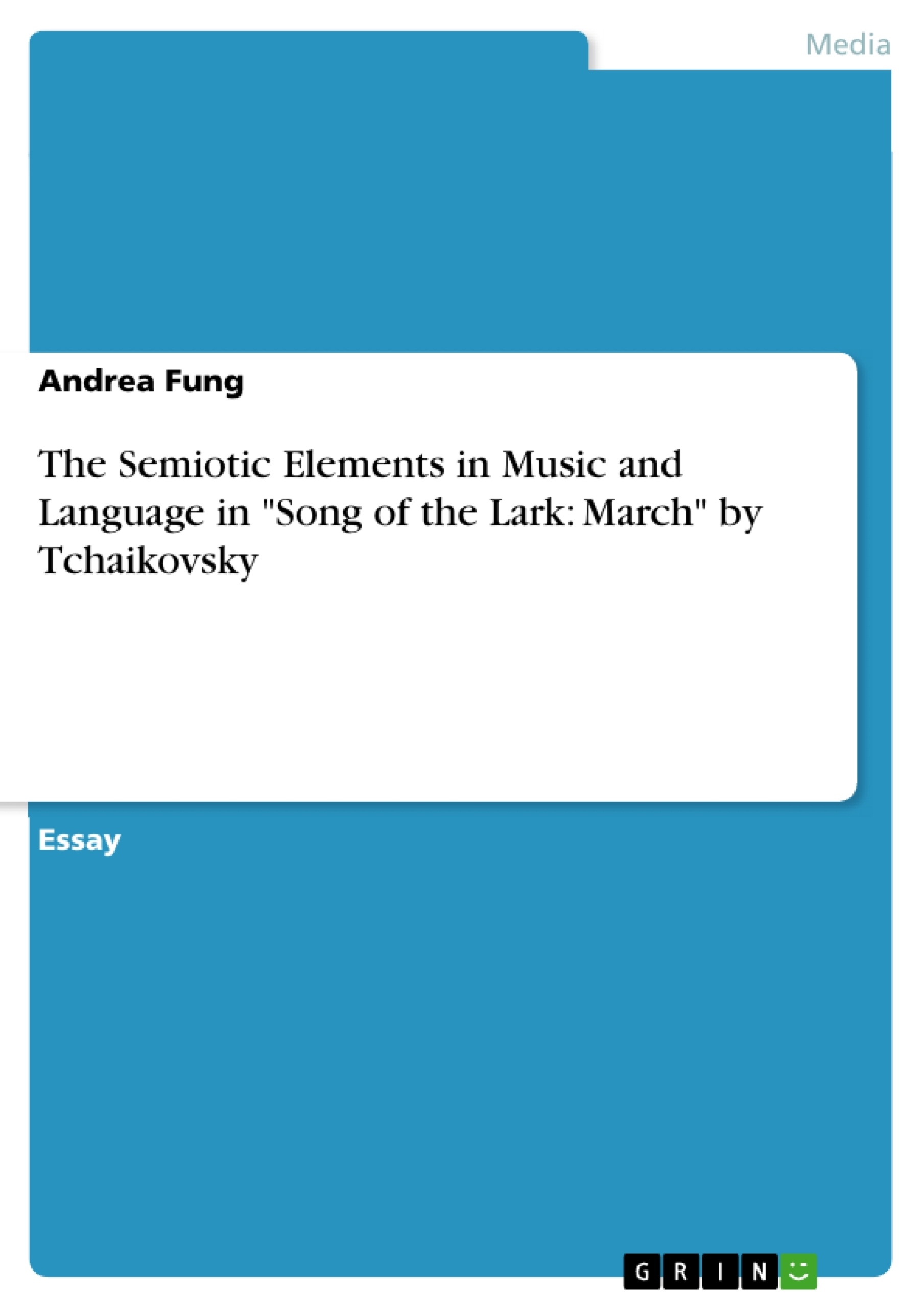Semiotics has proven to be an effective way to describe and analyse music. It can also be used as a basis for comparing the language and music of a certain culture. From a cultural or cognitive point of view, the purpose of music and language research is to find out some form of their external structure. Using the method of semiotics allows us to understand the structure of music and language on the basis of the structure, as well as how they relate to their cultural environment and their cognitive and neural basis.
Inhaltsverzeichnis (Table of Contents)
- Symbolic system.
- The expression of music and language.
- Music and language – sound of the system.
- Music and language – physiological process.
- Content expressed by music and language
- Music and language - cultural system..
- As cognitive music and language.
- Music and language as a symbolic system
- Meaning conveyed from music and language
- The sense of harmony in music
- Rhythm and meter....
- Tonality
- Counterpoint.
- The meaning in music…....
- The integrity of the characteristics of semiotic methods
- Conclusion
Zielsetzung und Themenschwerpunkte (Objectives and Key Themes)
This paper aims to compare the expression, content, and meaning of music and language through the lens of semiotics. It explores the similarities and differences between these two symbolic systems, analyzing their structure, cultural contexts, and cognitive bases.
- The nature of music and language as symbolic systems.
- The role of sound and physiological processes in both music and language.
- The cultural and cognitive dimensions of music and language.
- The semiotic analysis of musical harmony and meaning.
- The effectiveness of semiotics in describing and analyzing music and language.
Zusammenfassung der Kapitel (Chapter Summaries)
- Symbolic system: This chapter establishes music and language as symbolic systems, highlighting their hierarchical structure and the analogical relationship between linguistic symbols and generalized symbols.
- The expression of music and language: This section delves into the sonic aspects of music and language. While language utilizes vocalization, pauses, and pronunciation features to form sound units, music expresses itself differently, lacking the dual expression of language. This distinction is crucial for understanding how both systems convey meaning.
- Content expressed by music and language: This chapter explores music and language as cultural systems, cognitive systems, and symbolic systems. It highlights how both systems are embedded within specific cultures and influence the way individuals perceive and understand the world.
- Meaning conveyed from music and language: This section examines the sense of harmony in music through rhythm, meter, tonality, and counterpoint. It also explores how music conveys meaning through its various elements, emphasizing the relationship between musical form and emotion.
Schlüsselwörter (Keywords)
This paper focuses on the key concepts of semiotics, music, language, cultural systems, cognitive processes, symbolic systems, harmony, and meaning. It explores how semiotics can be applied to analyze and compare the structures and functions of music and language.
- Arbeit zitieren
- Andrea Fung (Autor:in), 2017, The Semiotic Elements in Music and Language in "Song of the Lark: March" by Tchaikovsky, München, GRIN Verlag, https://www.hausarbeiten.de/document/375177


